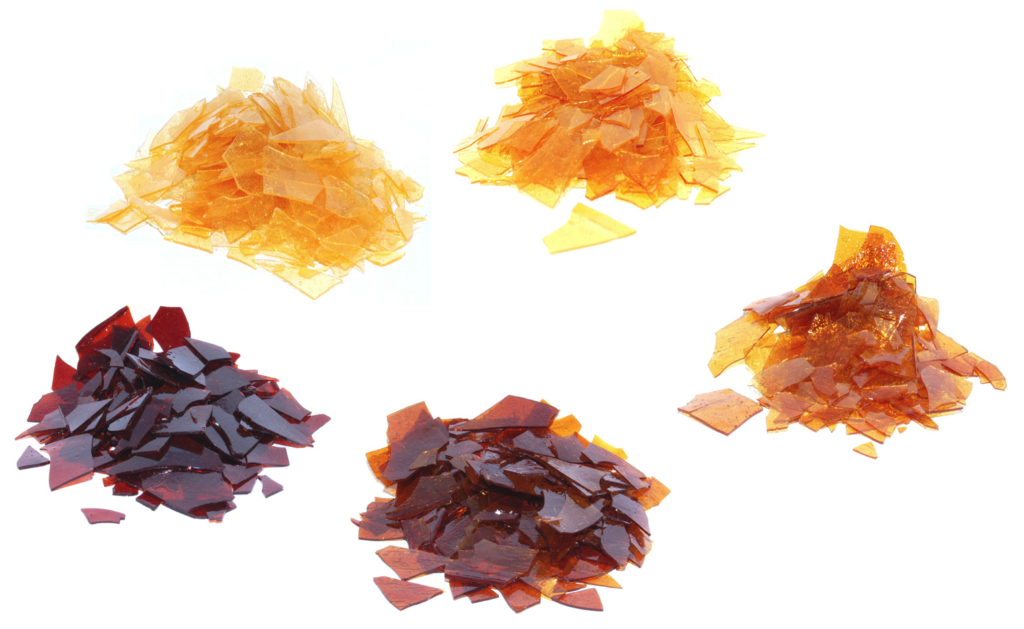How to Stain and Finish Bare Wood

Do you like making furniture? If so, you know a very satisfying final step is to finish bare wood with a stain or sealant. This makes the wood grain “pop” and makes your piece look like real furniture. In this article, we tell you when to use different types of stains and how to give your wood the best look possible.

Do I Need to Stain?
If you are using exotic or high-end woods like Walnut, Mahogany or Oak, you probably want to keep the wood its natural color and not use a stain. If you spend a lot of money getting these kinds of woods, you want to show them off. Walnut, for example, has a nice brown color. Mahogany has a reddish brown color while Oak is a light brown.
On the other hand, if you are using relatively inexpensive woods like pine, red fir or spruce, which constitutes the majority of cheap, construction lumber you can buy from big box stores like Home Depot, you probably do want to stain your wood to make it look nicer. These cheap woods are typically used in house frames, where they are never seen by humans. So, if you are going to use them to make furniture, you’ll want to stain them to make them look an expensive wood.
What stain to use?
Wood stains come in two categories: water-based stains and oil-based stains. Oil based stains provide a much easier finish and you won’t see overlap marks when you brush the same area twice. However, they don’t last as long as water-based stains and produce many volatile organic compounds when applied. These compounds will produce strange odors and may be dangerous to inhale if applied indoors.
Water-based stains on the other hand last longer than oil-based stains. They dry quicker and you can apply your second coat just two hours after the first coat. However, they are much more difficult to apply.
Instead of using a brush, you can use a lint-free cloth to wipe the stain on the wood. This will result in a more even coat and is more satisfying than using a brush. You can also buy a spray can to apply the stain, which may result in an even more even coat. However, in this case, you’ll want to make sure you apply the stain in a closed environment, so you don’t get it on your walls or driveway.
In either case, you need to properly sand your wood before applying the stain. You’ll want to sand starting at 80 grit to remove bulk imperfections. Then, move on to 150 grit and finally 220 grit. If you skip the sanding step, the stain will not penetrate the wood in some areas causing unevenness and blotchiness. This task is easiest with an orbital sander. However, if your furniture has fine features, the orbital sander may not be able to reach some parts of the piece, in which case you’ll need to hand sand it.
One thing to remember about stains is that they are not like paint. They’ll penetrate the wood to a depth of a few millimeters, which means you won’t be able to remove a stain that you don’t like. In addition, the wood grain will still be visible after you stain. If you apply too much stain, you’ll find that it’s still on your piece days later. You’ll need to wipe off excess stain as it won’t dry on its own.
Alternatives to Stains
Besides water-based and oil-based stains, you can use other products like shellac, ordinary paint or even homemade stains. These different options can provide your furniture with many different looks.
Shellac
Shellac is a resin secreted by bugs in India and Thailand. In the 19th century, Shellac was the main way that wood was finished. If you want your furniture to have an antique look, consider using Shellac. You can apply shellac to wood with a brush. You can use some of your pandemic money to buy Shellac from Home Depot.

Paint
Paint has the advantage of being able to produce a solid color finish that hides the wood grain. This is especially useful if your workpiece has ugly grain and lots of knots and other imperfections. You can also sand off paint if you want to change the color of your wood. You may need to apply a primer coat before applying the paint to ensure that the paint sticks to the wood.
Homemade Stains
You can also make your own stains at home. You can use different combinations of vinegar and metal to make stains or even use coffee or blood. Anything that leaves a color on wood can be used as a stain. This can give your furniture a very custom look.
Sealing Your Wood with a Finish
No matter what option you choose to give your wood some color and pop, you’ll need to apply a Wood Finish to seal your wood. After you apply a stain or paint, make sure to buy a polymer-based finish such as Varathane. You can choose to have a matte finish or a glossy finish or something in between. A glossy finish will have a mirror like finish, while a matte finish will reflect light evenly. One disadvantage to a glossy finish is that if the sun hits your piece of furniture, the reflected sunlight could hit your eye and blind you. However, some people prefer glossy finishes because they look more professional and it is obvious that your wood has been finished.
No matter what finish you choose, your furniture will surely look even better than it did before you finished it! Happy staining!





